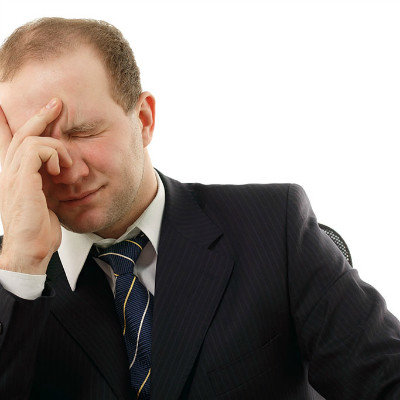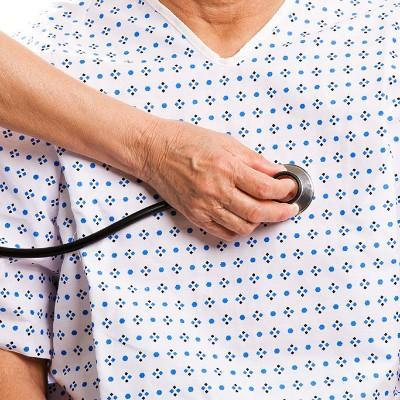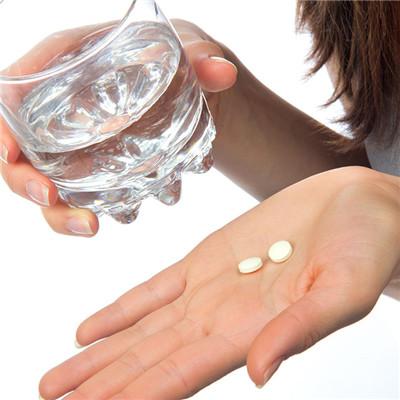What symptom does femoral head necrosis have
summary
Avascular necrosis of the femoral head (ANFH) is a complicated orthopedic disease caused by various reasons. It is also a disease with high disability rate. Long term treatment will seriously affect the quality of life of patients and family harmony of patients. However, the early symptoms of ANFH are not obvious, which is easy to delay the disease. Therefore, we should have a good understanding of the symptoms of ANFH So, follow me to understand the symptoms of avascular necrosis of the femoral head.
What symptom does femoral head necrosis have
Symptom 1: pain is an obvious symptom throughout the whole disease period of avascular necrosis of the femoral head, mainly intermittent or persistent, especially aggravated after the action, and sometimes the pain will be relieved after rest. Most of the pain sites were the femoral head, the inner thigh, the back of the hip and the inner knee.
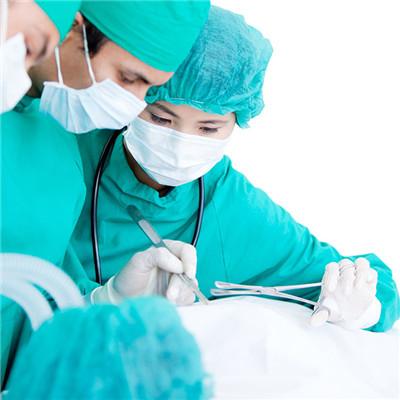
Symptom 2: Patients with avascular necrosis of the femoral head may also have joint stiffness and limited activity. Patients with poor hip flexion and extension, squatting difficulty, inability to stand for a long time, walking duck step and so on. Some patients may have obvious limited abduction and external rotation activities in the early stage.
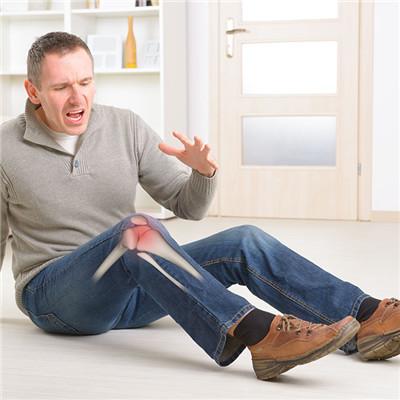
Symptom 3: claudication is also one of the symptoms of avascular necrosis of the femoral head, mainly progressive shortening claudication. Due to hip pain and collapse of the femoral head, or late hip subluxation, intermittent claudication often occurs in the early stage, especially in children with femoral head necrosis.

matters needing attention
Experts of avascular necrosis of the femoral head remind patients that if there are suspected symptoms of avascular necrosis of the femoral head, they must go to the regular professional hospital for examination in time to ensure the early diagnosis, and must not delay the treatment.






